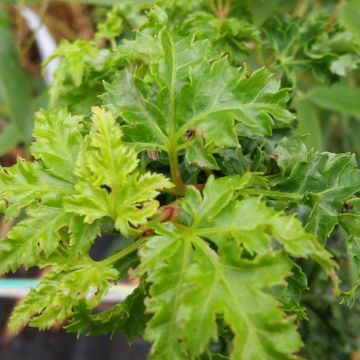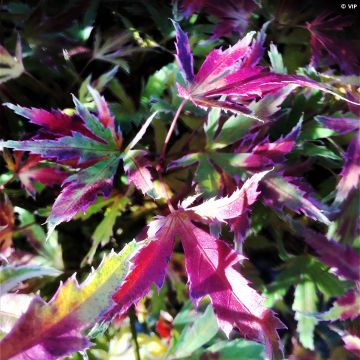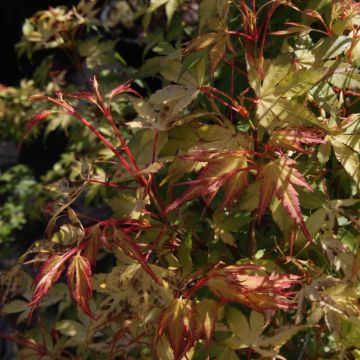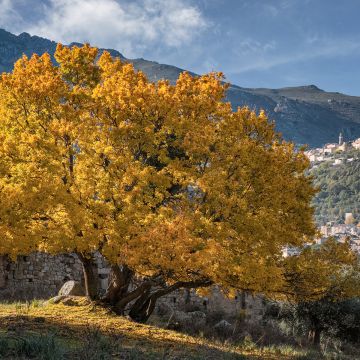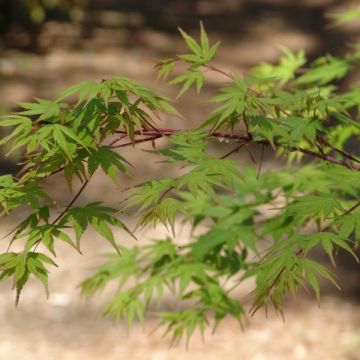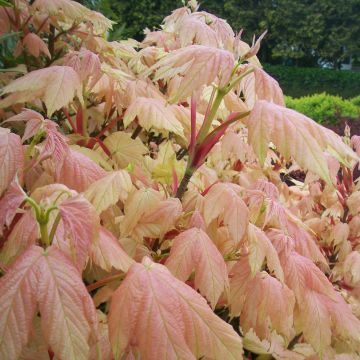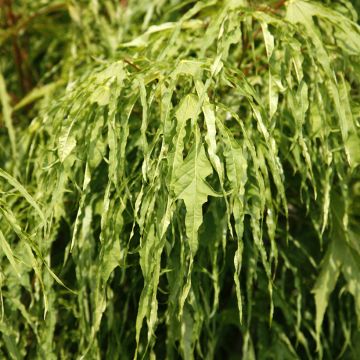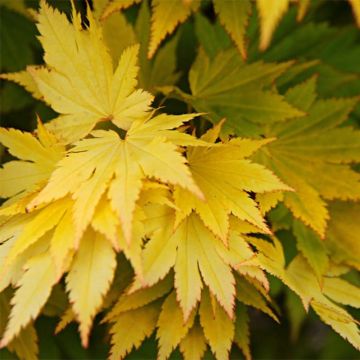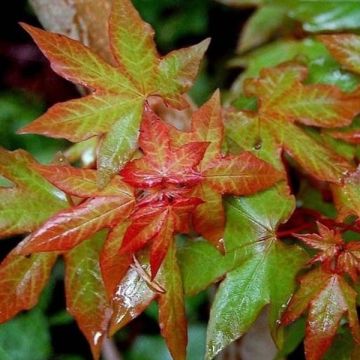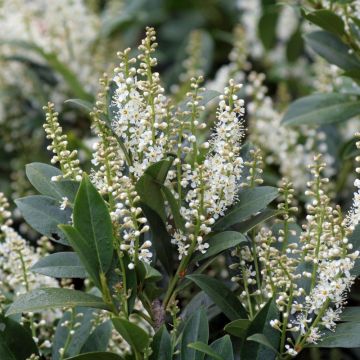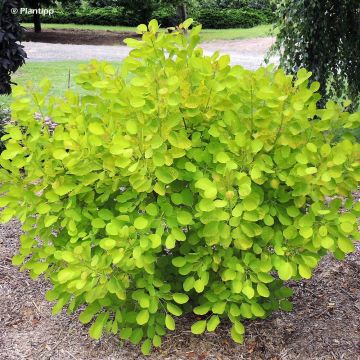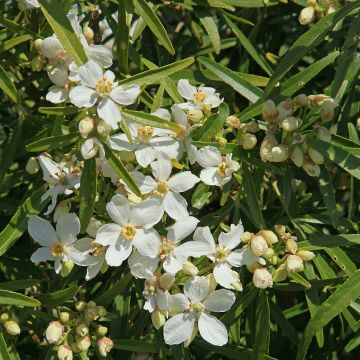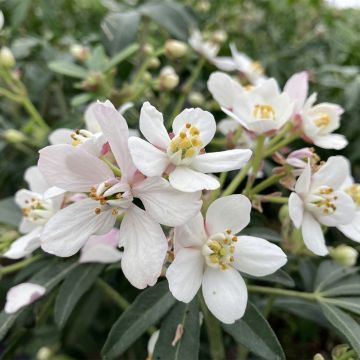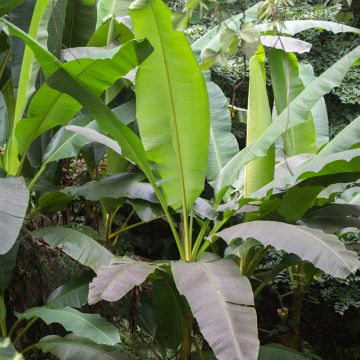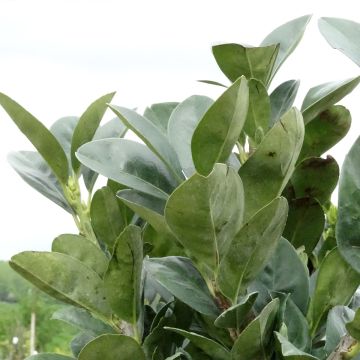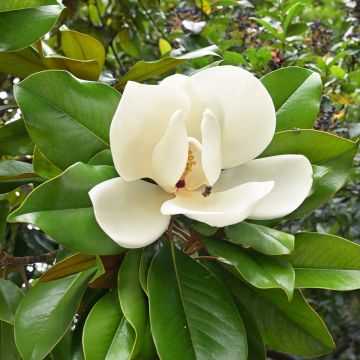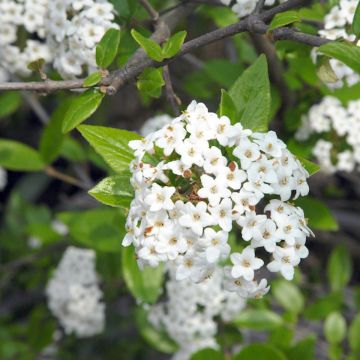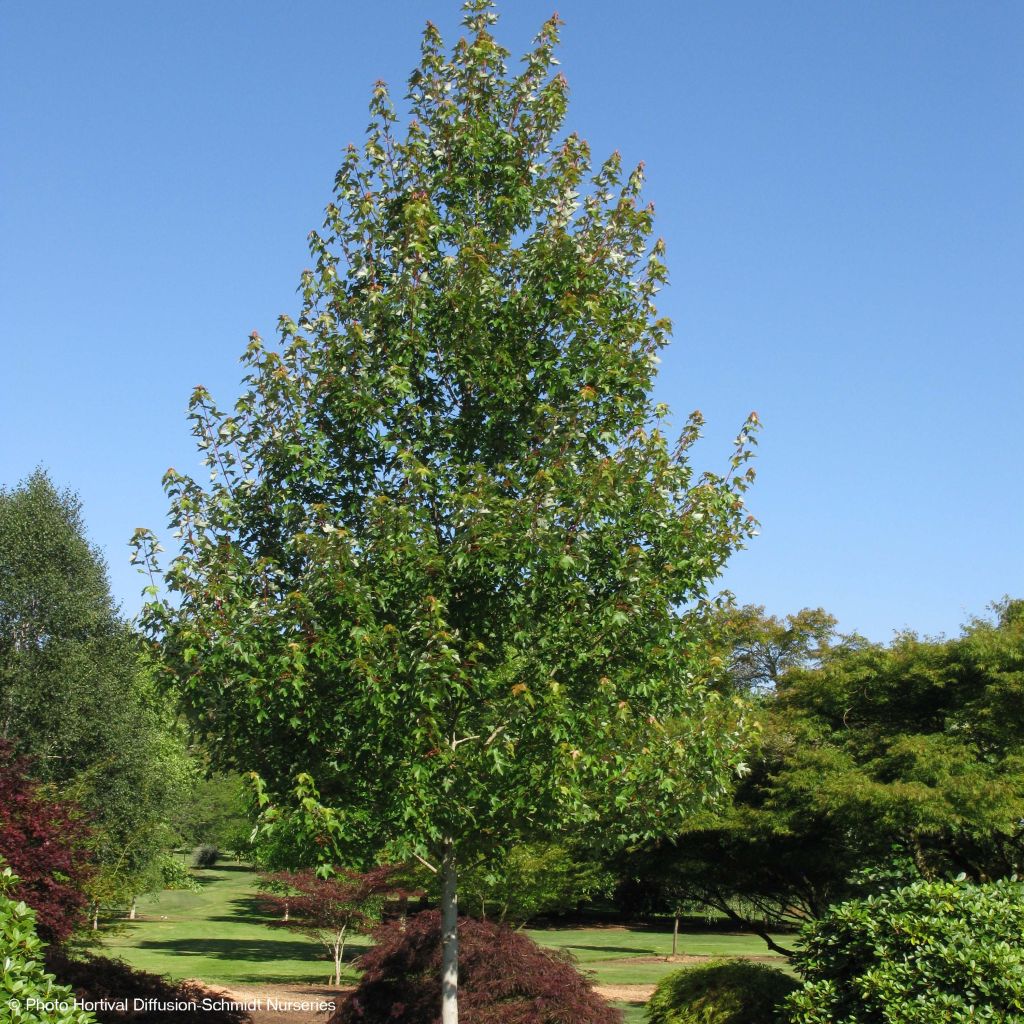

Acer rubrum Redpointe - Maple
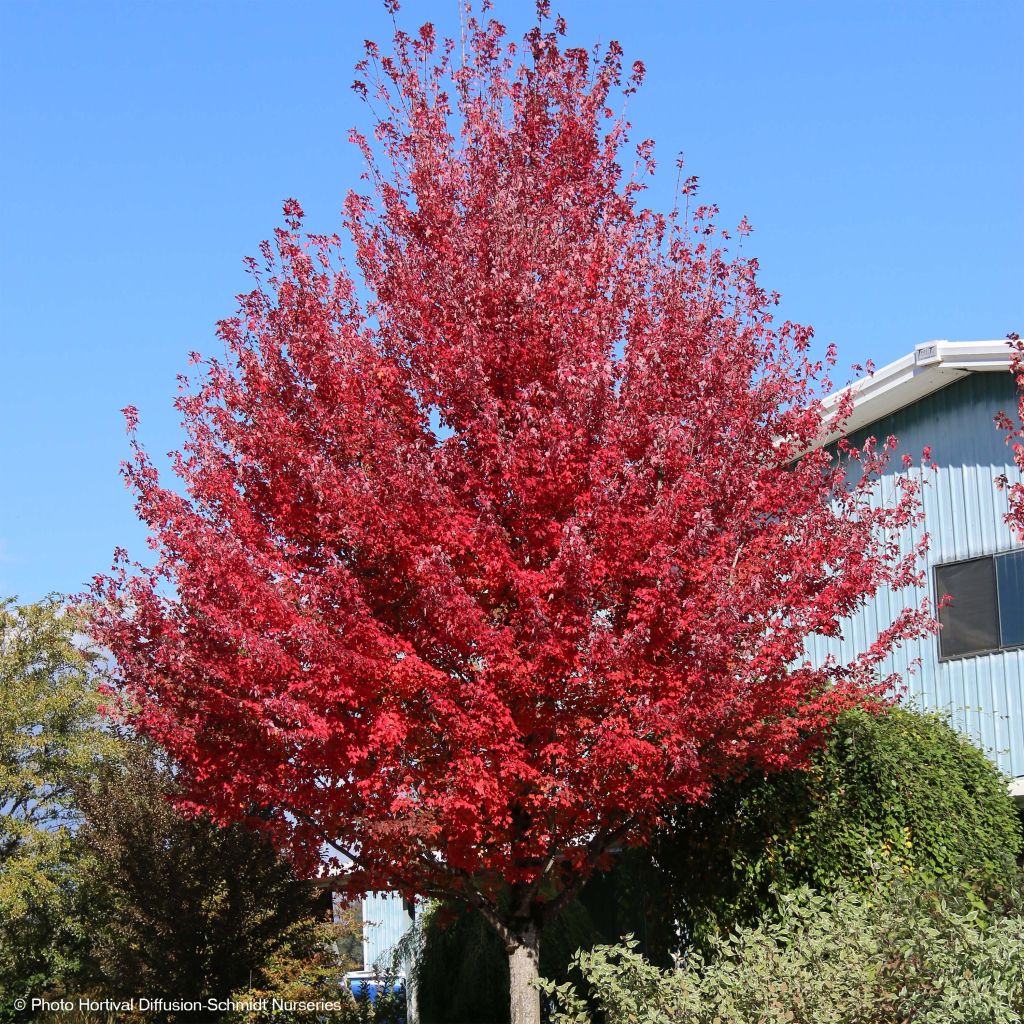

Acer rubrum Redpointe - Maple
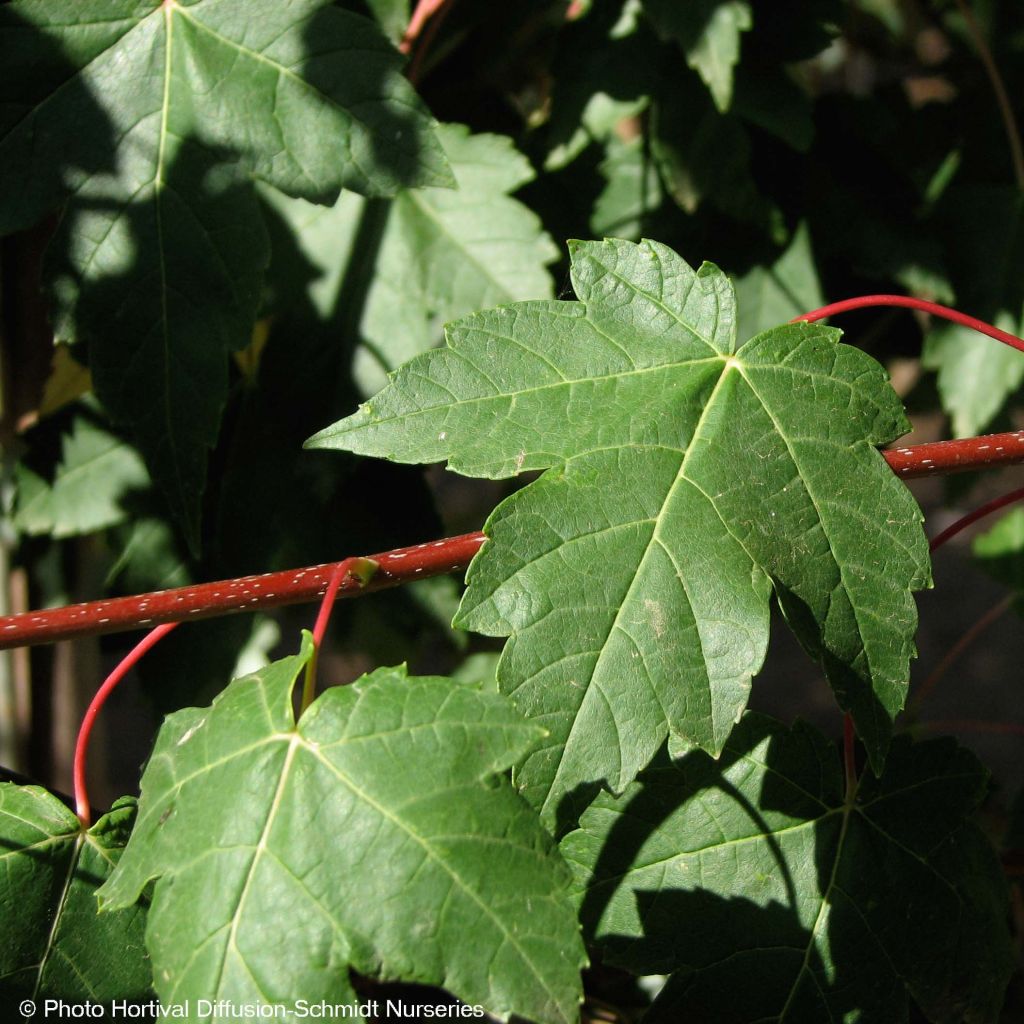

Acer rubrum Redpointe - Maple
Acer rubrum Redpointe - Maple
Acer rubrum Redpointe
Canadian Maple, Red Maple, Virginia Maple
This item cannot be shipped to the selected country
Delivery charge from €5.90
Delivery to Corse prohibited
More information
Schedule delivery date,
and select date in basket
This plant carries a 24 months recovery warranty
More information
We guarantee the quality of our plants for a full growing cycle, and will replace at our expense any plant that fails to recover under normal climatic and planting conditions.
From €5.90 for pickup delivery and €6.90 for home delivery
Express home delivery from €8.90.
Delivery to Corse prohibited: UE law prohibits the import of this plant from mainland France to Corse as part of the fight against Xylella fastidiosa. Please accept our sincere apologies.
More information

Does this plant fit my garden?
Set up your Plantfit profile →
Description
The Acer rubrum Redpointe is a variety of red maple that is particularly interesting because of its very uniform pyramidal shape, looking as if it had been pruned by hand, and its splendid bright, intense red autumn foliage. In the garden, this beautiful tree quickly makes an impact and is highly resistant to cold and wind. It also shows excellent resistance to chlorosis, which often damages red maples when grown in high pH soils, turning the foliage yellow and often burning it in the heat of summer. It can be planted as a specimen tree on a lawn, in the centre of a bed, or on the edges of a property, in neutral to acid soil that remains moist even in summer.
Originating from the northeastern United States and Canada, the Acer rubrum is known by different names depending on the region, such as Canadian maple, Red maple, or Virginia maple. It is a large forest tree belonging to the Aceraceae family that can reach a height of 30 m (98 ft 5 in) in its native habitat. This species, which thrives in light and semi-shade, can live up to 200 years. Its wood is commonly used in furniture making.
The Acer rubrum 'Redpointe' was selected in 2005 in the United States by J. Frank Schmidt & Son Co. This cultivar develops a very vertical central leader and a dense pyramid to oval-shaped crown. The tree will ultimately reach an average height of 12 m (39 ft 4in) with a canopy of 6 to 7 m (19ft 8 in to 22ft 11in) in spread. The trunk is covered with grey bark that flakes off in large strips over time, while the branches are dark reddish-brown. The deciduous foliage falls in autumn. It consists of large palmate leaves, divided into 3 to 5 pointed, dentate lobes, measuring about 12 cm (4.7 in) in length. They are carried on red petioles. In spring, the yellow-green leaves are tinged with red. They become a glossy, dark green in summer, turning a magnificent scarlet-red with orange highlights in autumn. It flowers in March, before the leaves appear. The small, highly fragrant, red flowers are arranged in pendulous terminal clusters. The abundant fruiting consists of reddish fruits with two winged seeds or samaras. It only appears on subjects at least 20 years old and is much appreciated by squirrels.
The Acer rubrum 'Redpointe', perfectly adapted to harsh climates, requires a deep, moist soil, preferably acidic and clayey, where its autumn colours will be more intense. A well-established specimen can tolerate poor and rocky soils, but chalky soils should be avoided. It will look magnificent planted in a row along a grand avenue or at the garden's boundary. It can also be integrated into an informal hedge, along with purple beech or orange Retz hornbeam. However, it is quite sensitive to salt and will have difficulty withstanding winds, especially maritime ones.
Report an error about the product description
Acer rubrum Redpointe - Maple in pictures
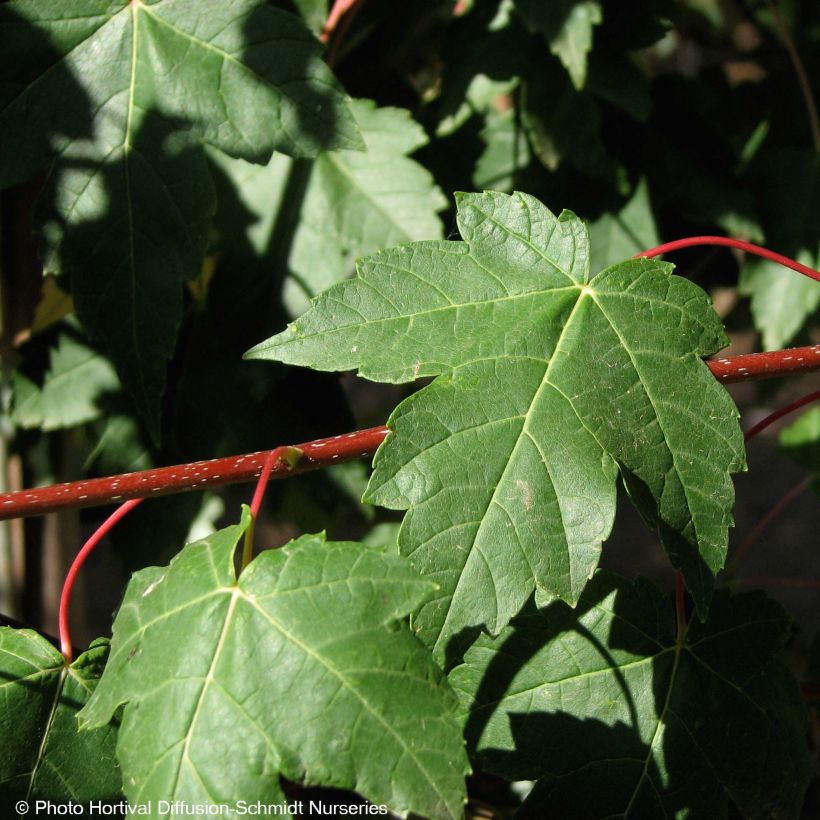

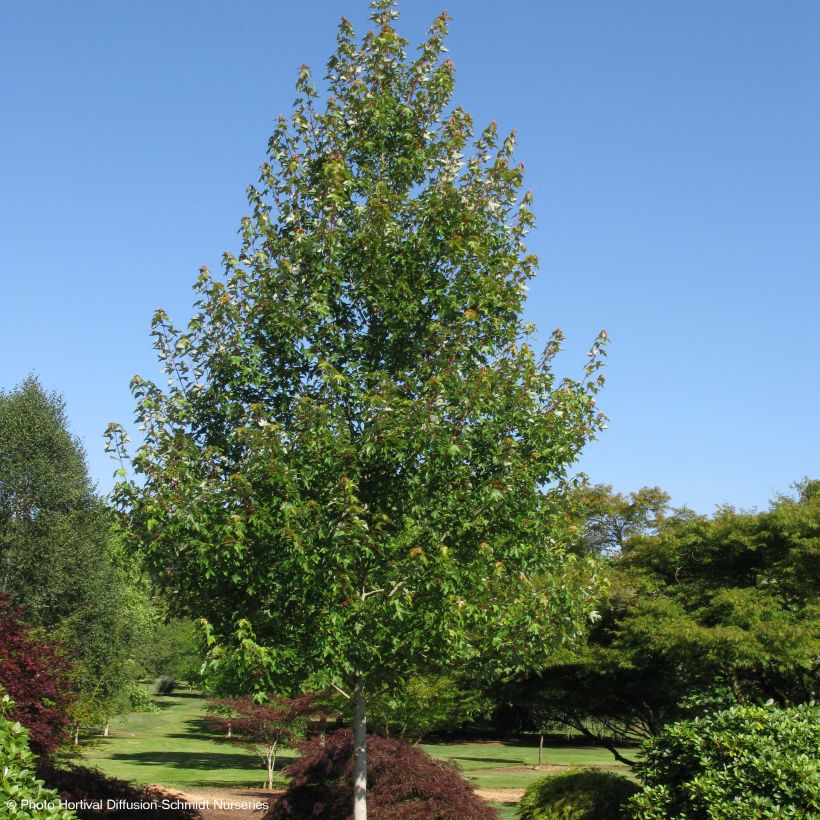

Plant habit
Flowering
Foliage
Botanical data
Acer
rubrum
Redpointe
Aceraceae
Canadian Maple, Red Maple, Virginia Maple
Cultivar or hybrid
Other Acer - Maple tree
Planting and care
The Acer rubrum Redpointe should be planted in spring or autumn in a deep, moist, slightly acid or neutral soil, in a sunny or partially shaded position. This tree does not tolerate chalky or dry soils. It is very hardy. Keep the soil moist during the first two summers after planting. Mulching can be beneficial to maintain soil moisture, depending on the climate. Pruning is not essential. Remove dead wood in spring.
Planting period
Intended location
Care
-
, onOrder confirmed
Reply from on Promesse de fleurs
Striking foliage shrubs
Haven't found what you were looking for?
Hardiness is the lowest winter temperature a plant can endure without suffering serious damage or even dying. However, hardiness is affected by location (a sheltered area, such as a patio), protection (winter cover) and soil type (hardiness is improved by well-drained soil).

Photo Sharing Terms & Conditions
In order to encourage gardeners to interact and share their experiences, Promesse de fleurs offers various media enabling content to be uploaded onto its Site - in particular via the ‘Photo sharing’ module.
The User agrees to refrain from:
- Posting any content that is illegal, prejudicial, insulting, racist, inciteful to hatred, revisionist, contrary to public decency, that infringes on privacy or on the privacy rights of third parties, in particular the publicity rights of persons and goods, intellectual property rights, or the right to privacy.
- Submitting content on behalf of a third party;
- Impersonate the identity of a third party and/or publish any personal information about a third party;
In general, the User undertakes to refrain from any unethical behaviour.
All Content (in particular text, comments, files, images, photos, videos, creative works, etc.), which may be subject to property or intellectual property rights, image or other private rights, shall remain the property of the User, subject to the limited rights granted by the terms of the licence granted by Promesse de fleurs as stated below. Users are at liberty to publish or not to publish such Content on the Site, notably via the ‘Photo Sharing’ facility, and accept that this Content shall be made public and freely accessible, notably on the Internet.
Users further acknowledge, undertake to have ,and guarantee that they hold all necessary rights and permissions to publish such material on the Site, in particular with regard to the legislation in force pertaining to any privacy, property, intellectual property, image, or contractual rights, or rights of any other nature. By publishing such Content on the Site, Users acknowledge accepting full liability as publishers of the Content within the meaning of the law, and grant Promesse de fleurs, free of charge, an inclusive, worldwide licence for the said Content for the entire duration of its publication, including all reproduction, representation, up/downloading, displaying, performing, transmission, and storage rights.
Users also grant permission for their name to be linked to the Content and accept that this link may not always be made available.
By engaging in posting material, Users consent to their Content becoming automatically accessible on the Internet, in particular on other sites and/or blogs and/or web pages of the Promesse de fleurs site, including in particular social pages and the Promesse de fleurs catalogue.
Users may secure the removal of entrusted content free of charge by issuing a simple request via our contact form.
The flowering period indicated on our website applies to countries and regions located in USDA zone 8 (France, the United Kingdom, Ireland, the Netherlands, etc.)
It will vary according to where you live:
- In zones 9 to 10 (Italy, Spain, Greece, etc.), flowering will occur about 2 to 4 weeks earlier.
- In zones 6 to 7 (Germany, Poland, Slovenia, and lower mountainous regions), flowering will be delayed by 2 to 3 weeks.
- In zone 5 (Central Europe, Scandinavia), blooming will be delayed by 3 to 5 weeks.
In temperate climates, pruning of spring-flowering shrubs (forsythia, spireas, etc.) should be done just after flowering.
Pruning of summer-flowering shrubs (Indian Lilac, Perovskia, etc.) can be done in winter or spring.
In cold regions as well as with frost-sensitive plants, avoid pruning too early when severe frosts may still occur.
The planting period indicated on our website applies to countries and regions located in USDA zone 8 (France, United Kingdom, Ireland, Netherlands).
It will vary according to where you live:
- In Mediterranean zones (Marseille, Madrid, Milan, etc.), autumn and winter are the best planting periods.
- In continental zones (Strasbourg, Munich, Vienna, etc.), delay planting by 2 to 3 weeks in spring and bring it forward by 2 to 4 weeks in autumn.
- In mountainous regions (the Alps, Pyrenees, Carpathians, etc.), it is best to plant in late spring (May-June) or late summer (August-September).
The harvesting period indicated on our website applies to countries and regions in USDA zone 8 (France, England, Ireland, the Netherlands).
In colder areas (Scandinavia, Poland, Austria...) fruit and vegetable harvests are likely to be delayed by 3-4 weeks.
In warmer areas (Italy, Spain, Greece, etc.), harvesting will probably take place earlier, depending on weather conditions.
The sowing periods indicated on our website apply to countries and regions within USDA Zone 8 (France, UK, Ireland, Netherlands).
In colder areas (Scandinavia, Poland, Austria...), delay any outdoor sowing by 3-4 weeks, or sow under glass.
In warmer climes (Italy, Spain, Greece, etc.), bring outdoor sowing forward by a few weeks.

































